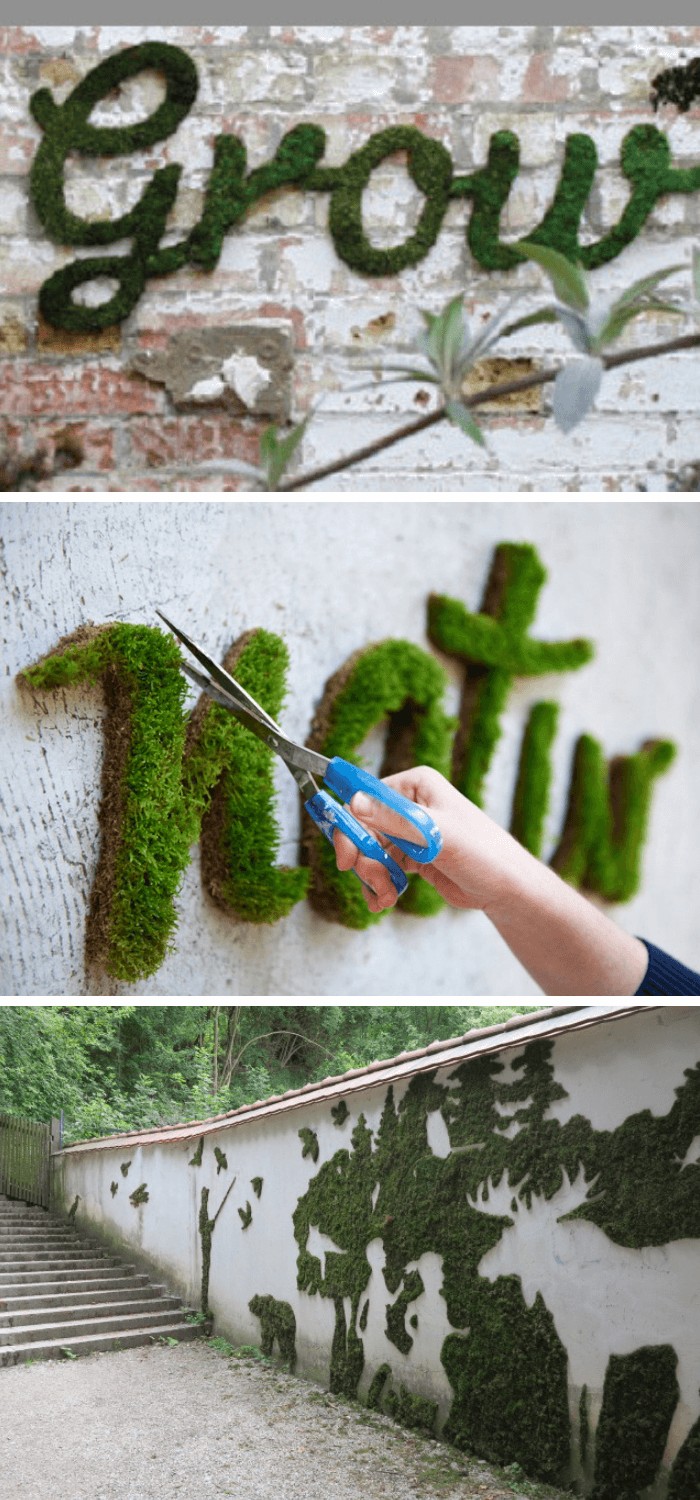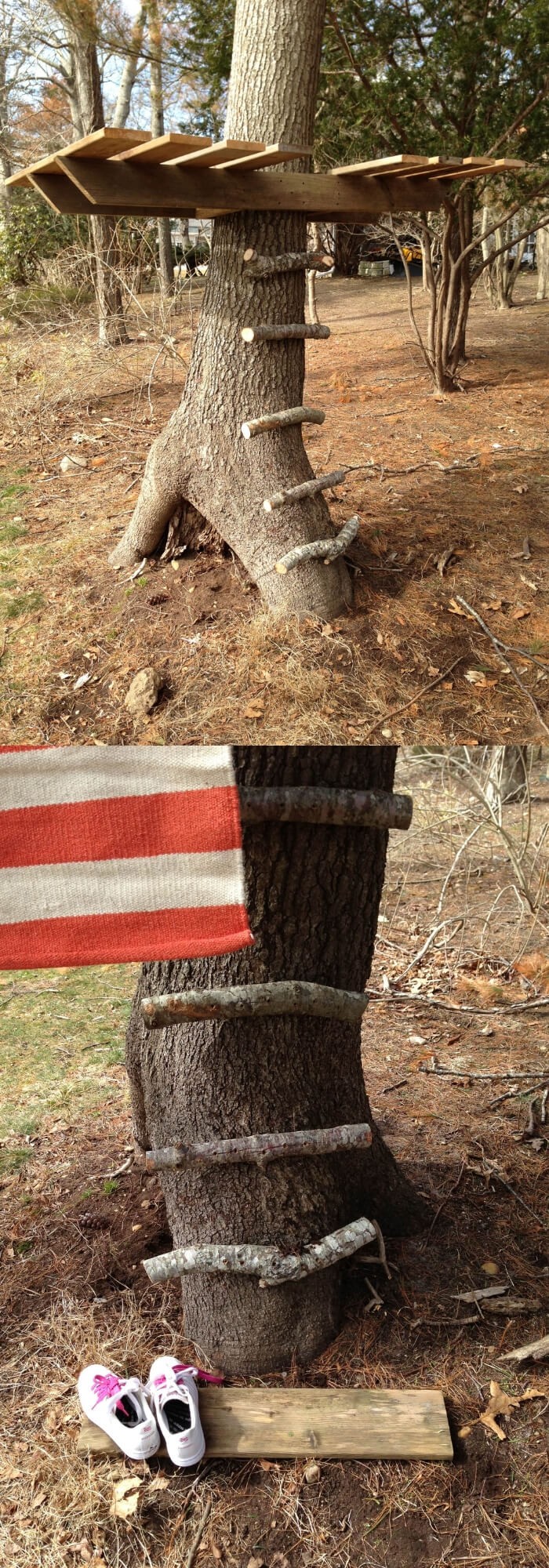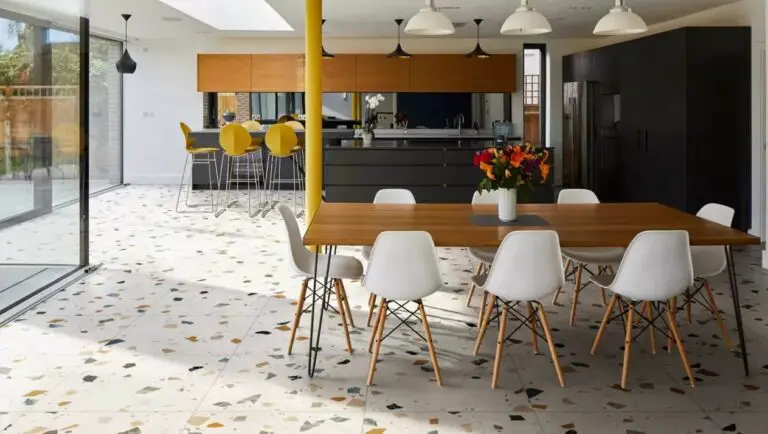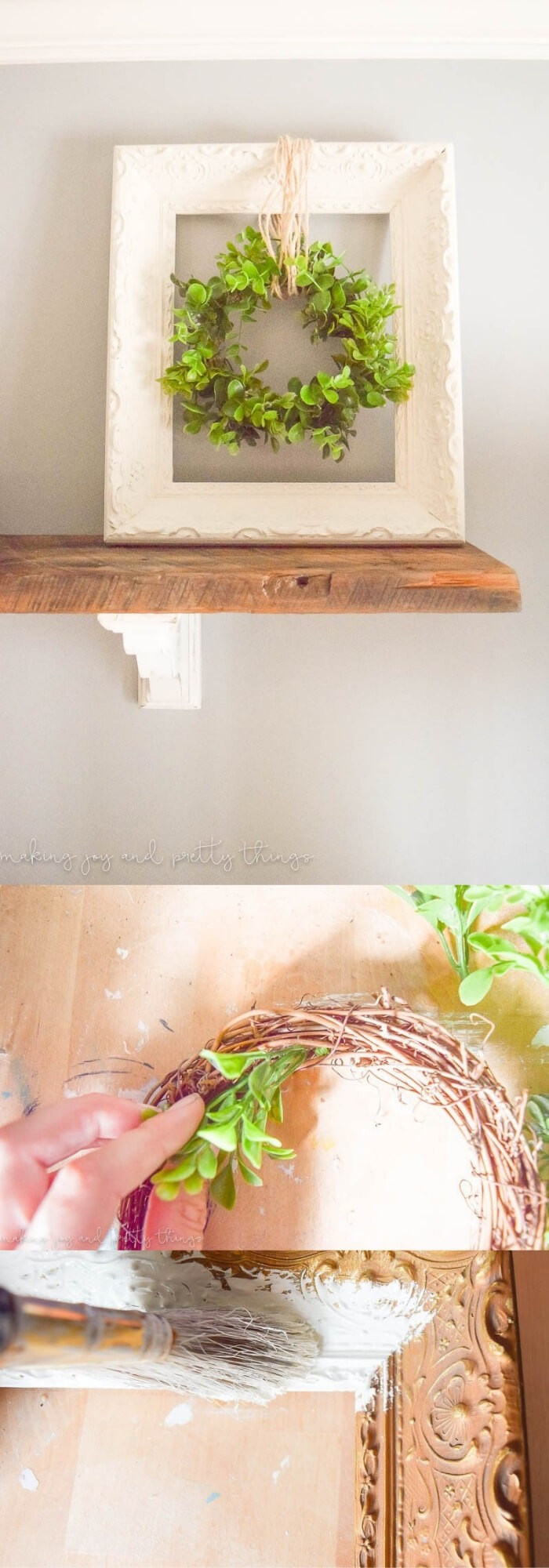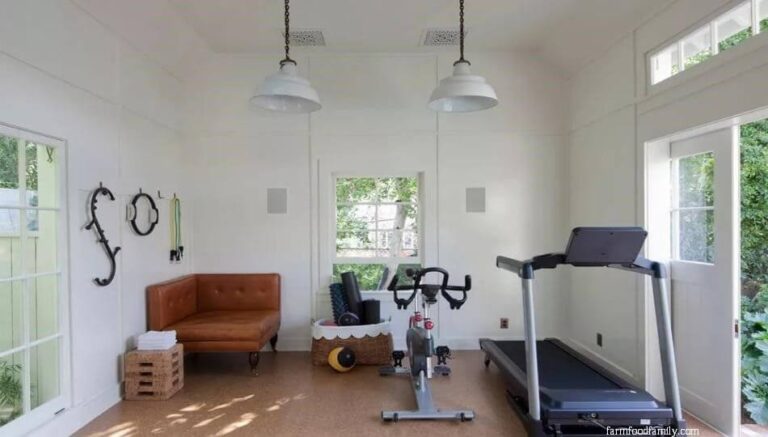Ultimate Guide To Garden Styles: Design & Inspiration
People choose different garden styles because they reflect their unique identity, heritage, and values. Each style holds the power to mirror personal tastes, rooted in individual preferences, cultural backgrounds, and historical contexts. When selecting a garden style, one is not just deciding on plants or decorations – it’s about connecting with a tradition that spans generations and geographies, shaping a personal oasis that stands as a testament to who you are.
This choice speaks volumes about the beauty and importance of gardens in our lives, blurring the lines between aesthetics and personal significance in a natural, living canvas. As we explore the many garden styles out there, from formal gardens to tropical oases, each one tells a story about its creator’s values, cultural influences, and personal preferences.
Understanding Garden Styles
What is a Garden Style?
The concept of a garden style is more complex than just picking out some plants. It’s an expression of creativity that reveals how individuals connect with their surroundings. The choices made in this regard convey values, aesthetic sensibilities, and a sense of connection to history and tradition. In landscape architecture, selecting a garden style is pivotal, as it influences the overall look and feel of the space, ensuring it aligns with the personality and desires of its caretaker.
When considering garden styles, personal taste plays a significant role in defining the selection of plants, layout, and decorations. This can manifest in various forms such as cottage, zen, or formal gardens, each reflecting distinct characteristics. Additionally, cultural background also exerts an influence, drawing from historical and regional preferences like Japanese, Mediterranean, or English garden styles.
Furthermore, historical context is crucial, connecting with the traditions and practices of gardening past, whether that be Renaissance, Victorian, or modern styles.
The Role of Climate, Geography, and Architecture
The garden’s style is deeply influenced by its surrounding environment, which plays a crucial role in shaping its overall aesthetic. Climate factors dictate the types of plants that can thrive, with drought-tolerant species excelling in arid conditions, tropical varieties flourishing in warm climates, and cold-hardy plants persevering in cooler temperatures.
Geography also has a significant impact, with hillside gardens often featuring lush greenery, coastal gardens showcasing sea-inspired designs, and urban gardens incorporating modern materials and sleek lines. Architecture, too, contributes to the garden’s style, as buildings near the garden can either complement or clash with its overall design. This synergy of environmental factors ultimately results in a harmonious space that resonates with its surroundings.
When selecting a garden style, one must consider personal preferences, cultural significance, and the natural and built environment, striving for balance, beauty, and a sense of fulfillment.
Traditional Garden Styles
Formal Gardens
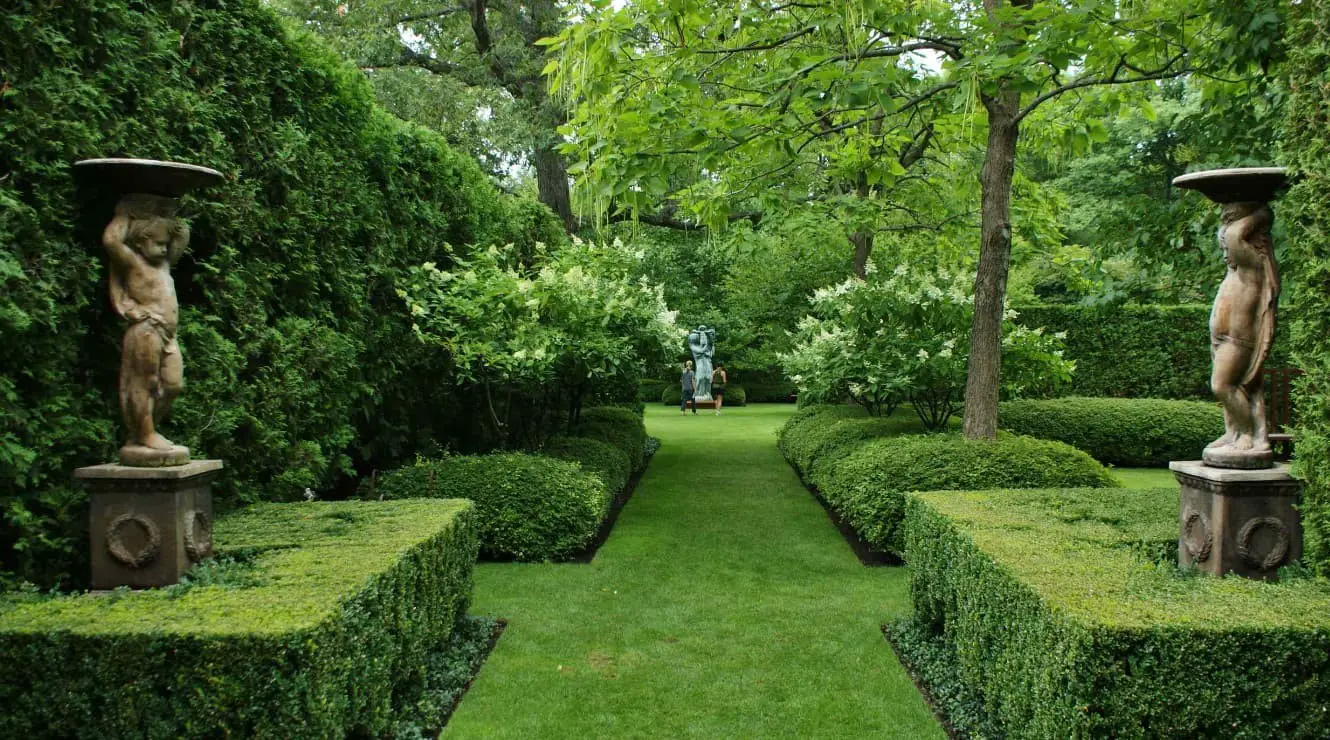
Formal gardens are instantly recognizable due to their deliberate blend of symmetry, geometric layouts, and manicured plants. This style is all about creating a sense of balance and harmony. As you stroll through a formal garden, every plant, path, and feature seems carefully crafted to produce a cohesive whole.
The beauty of these gardens lies in their precision, where even the smallest details – from hedges to flower beds – are meticulously maintained, showcasing the gardener’s mastery over nature.
What sets formal gardens apart is their deliberate use of symmetry, geometric shapes, and patterns. Paths and plantings are carefully paired, while squares, circles, and straight lines dominate the design.
Plants are also trimmed and shaped with precision, resulting in topiaries and neatly trimmed hedges that add to the overall sense of order.
Examples of formal gardens include the grand and historic French Renaissance gardens at Versailles and the Italian Renaissance gardens at Villa d’Este. These places not only showcase the artistry and beauty of their times but also reflect a deep understanding of geometric beauty and nature’s manipulation.
When creating a formal garden, the goal is not just to display beauty but to impose order on the natural landscape, speaking to our desire for control and symmetry.
Whether you’re admiring the expansive lawns of a French garden or the intricate water features of an Italian garden, the experience is always one of awe at the meticulous care and thought invested in every detail.
Cottage Gardens
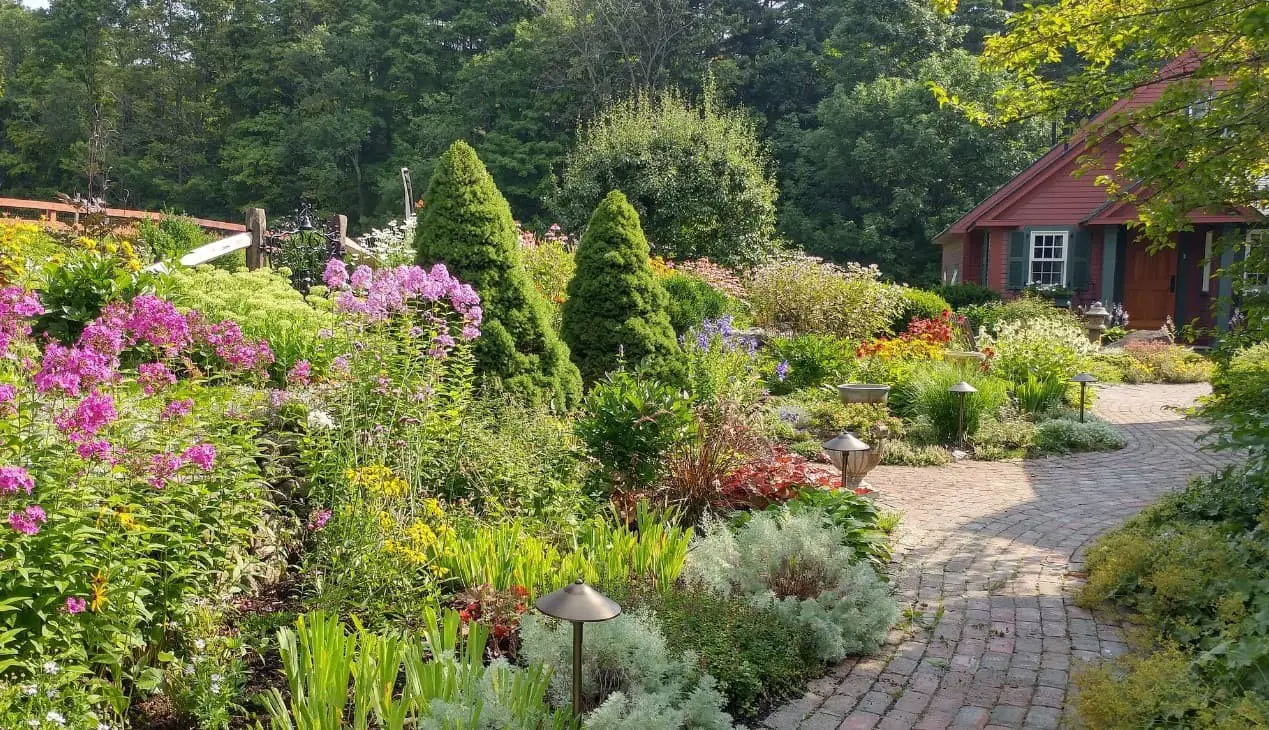
Cottage gardens are renowned for their laid-back charm, characterized by an informal design that eschews symmetry and instead features a dense, lush landscape. At the heart of this style is a delightful mix of ornamental and edible plants, which blend together to create a tapestry of color, texture, and fragrance. Unlike formal gardens, cottage gardens prioritize abundance and a relaxed approach, embracing the natural world’s whimsy and unpredictability.
The characteristics that define this garden type include an informal design, dense plantings, and a mix of ornamental and edible plants. The former allows for curved pathways and mixed plant beds, while the latter creates a layered effect with varying heights and types of plants. This blend of elements also yields a pleasing combination of flowers alongside herbs and vegetables. Classic English cottage gardens exemplify this style, featuring a harmonious balance between function and aesthetics.
These gardens often combine roses, foxgloves, and hollyhocks with herb patches and vegetable plots, showcasing the beauty of blending utility with ornamentation. The essence of a cottage garden lies in its ability to create a cozy and inviting space that evolves with the seasons. The dense planting not only maximizes space but also fosters an ever-changing landscape that encourages visitors to return and discover what’s new.
This style suggests a harmonious relationship with nature, where beauty is found in the mix of utility and ornamentation, and the garden’s informal design invites relaxation and contemplation.
Japanese Gardens
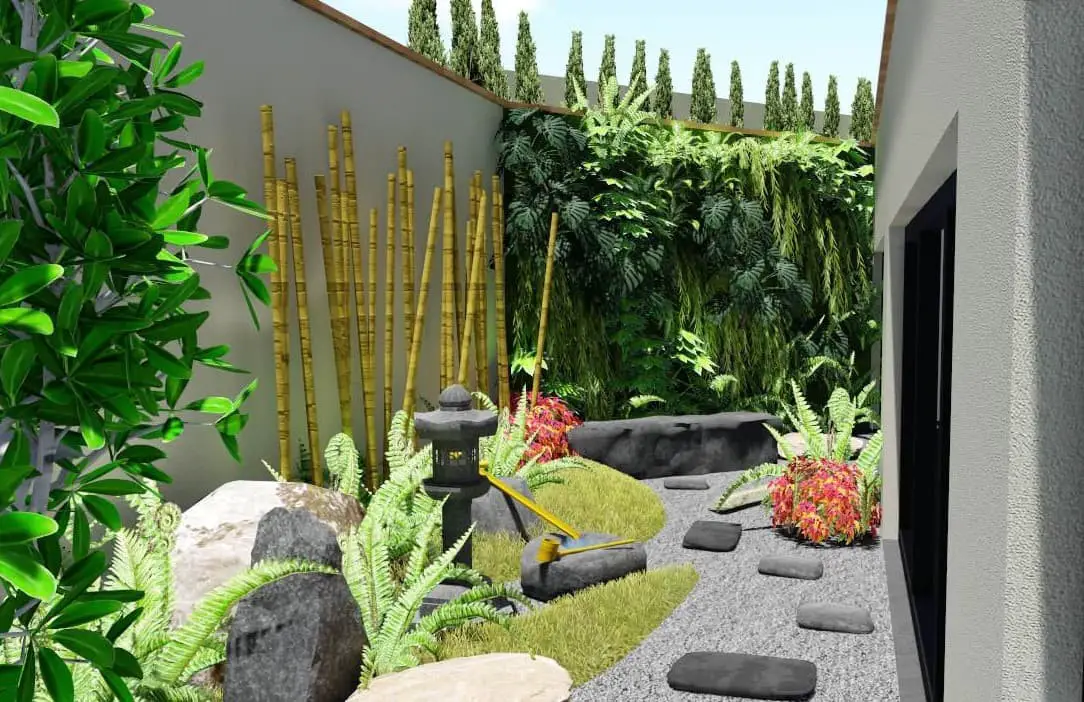
Japanese gardens embody a distinct harmony with nature by seamlessly integrating design elements into their surroundings. The emphasis on minimalism, exemplified through gravel paths and raked sand, creates a sense of serene simplicity. Water features, whether actual or symbolically represented, add a dynamic element, underscoring the impermanence and constant change inherent in nature.
This garden style prioritizes balance and tranquility, reflecting a profound philosophical connection to the natural world. The goal is to craft a space that fosters peace, reflection, and escape from the external world’s chaos. Examples of this garden style include Zen gardens and Karesansui (dry landscape) gardens, which perfectly illustrate the harmony with nature concept.
Zen gardens, characterized by raked gravel and strategically placed rocks, evoke mountains and islands, offering a meditative space for contemplation. Karesansui gardens use sand and rocks to represent water and natural landscapes, creating a serene environment that encourages introspection. Japanese gardens exemplify an unique aesthetic, focusing on the essential and eliminating the unnecessary. This approach yields spaces that are not only aesthetically pleasing but also meaningful.
The incorporation of water, whether real or symbolically represented, adds depth and dynamic movement, reflecting the impermanence and constant change inherent in nature. These gardens serve as a testament to the art of finding beauty in simplicity and discovering calm through the meticulously balanced blend of natural and man-made elements.
Chinese Gardens
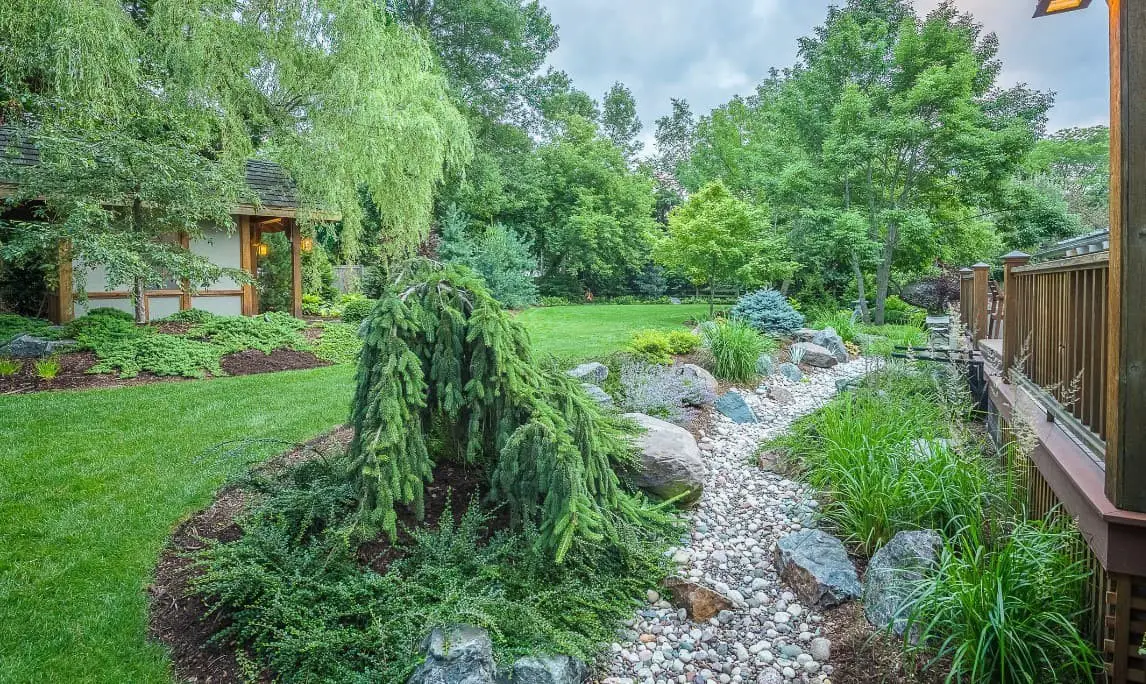
Chinese gardens excel at harmonizing humans with nature through meticulous attention to detail and artistic use of water, rocks, and structures like pavilions. This distinctive style aims to recreate a miniature landscape that embodies the perfect balance between humanity and the natural world. Rather than simply mimicking nature’s appearance, these spaces aim to capture its essence, fostering feelings of serenity and introspection within visitors.
Key characteristics of Chinese gardens include harmony and balance, as seen in symmetrical layouts and yin-yang elements, while water features and rocks are used to mimic natural landscapes, such as ponds, streams, and rock formations. Pavilions serve as structures for rest and contemplation within the garden, providing a sense of shelter and quiet.
Classic examples of this garden type can be found in Suzhou’s masterpieces of Chinese landscape design, where every element is carefully curated to contribute to an overall atmosphere of harmony. Here, water serves as a central element, surrounded by pavilions, bridges, and carefully selected rocks, which collectively represent various aspects of nature and philosophical ideas. In these gardens, every detail holds significance, inviting visitors to reflect on their place in the world.
The use of rocks to create mountainous landscapes, water to add vitality and movement, and pavilions to offer a place of shelter and contemplation all serve to deepen the visitor’s connection to nature. These gardens are not just beautiful outdoor spaces; they are living expressions of humanity’s enduring quest for balance, beauty, and understanding.
Coastal garden

Embracing the nuances of coastal gardening requires a deep understanding of the unique challenges and opportunities presented by its location. As you create your coastal garden, it’s essential to consider the resilient plants that can thrive under the salty air, strong winds, and sometimes sandy soils. To succeed, focus on selecting plants that not only tolerate salt and wind but also excel in sandy conditions.
Look for species that are hardy, robust, and adaptable, such as shrubs like Sea Buckthorn and Tamarisk, perennials like Lavender and Eryngium (Sea Holly), and grasses like Marram Grass and Feather Reed Grass. When designing your coastal garden, think creatively about incorporating natural barriers to protect sensitive plants from harsh winds. Raised beds or borders can help improve soil conditions for plants that require more nutrients.
A natural, informal design will also help the garden blend seamlessly with its surrounding coastal landscape. The benefits of coastal gardening are numerous. By creating beautiful, resilient landscapes that harmonize with their natural surroundings, you’ll not only enhance your seaside home but also provide a haven for local wildlife and contribute to the area’s biodiversity. With careful planning and the right plant selection, your coastal garden can be a stunning and sustainable addition.
City and Courtyard Gardens
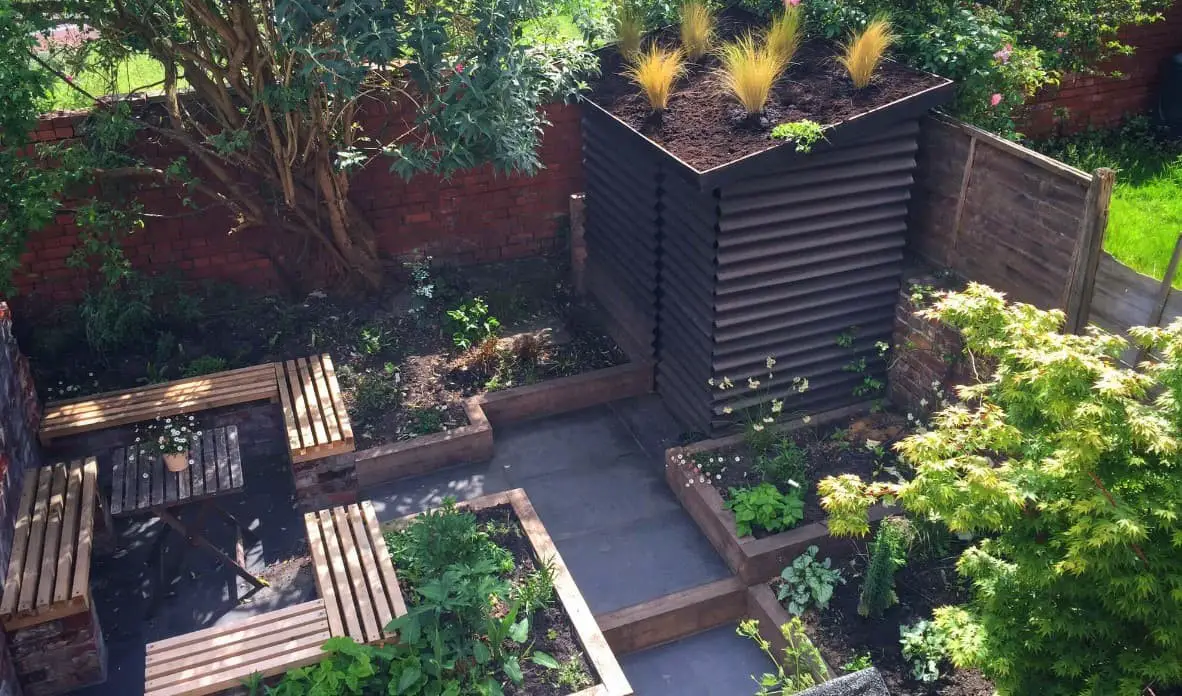
City and courtyard gardens offer a tranquil escape in the midst of bustling urban areas. By optimizing the use of limited space through innovative design and plant selection, these gardens can be transformed into serene havens. The key to success lies in striking a balance between functionality and aesthetics. To create an ideal city or courtyard garden, one must consider several key characteristics: space efficiency, privacy, and light maximization.
Space efficiency can be achieved through vertical gardening, container planting, and multi-functional features that maximize the use of available space. Privacy can be ensured by incorporating fencing, wall plants, and trellises to create a secluded retreat. Light maximization is crucial in shaded urban areas, where clever design can capture and enhance natural light.
When selecting plants for a city or courtyard garden, it’s essential to consider the microclimate of the area, including light levels, wind exposure, and soil type. By choosing plants that thrive in these conditions, you can ensure a lush, low-maintenance garden that requires minimal upkeep. In addition to plant selection, thoughtful design considerations are crucial when creating a city or courtyard garden.
Incorporating elements like mirrors to visually enlarge the space, selecting furniture that fits the scale of the garden, and choosing a color scheme that enhances the feeling of openness can all contribute to a welcoming and functional outdoor space. Water features or garden art can also add focal points and interest, making the garden feel like a personal oasis amidst the hustle and bustle of city life.
Ultimately, city and courtyard gardens are not just about adding greenery to urban spaces; they’re about creating a personal refuge that offers a connection to nature and a place for relaxation and enjoyment. With careful planning and design, even the smallest space can become a cherished garden that enhances the quality of urban living.
Prairie and Meadow Gardens
Prairie and meadow gardens transport us to wide open spaces, infusing our personal and public landscapes with the untamed charm of natural grasslands. Characterized by their effortless maintenance, rich biodiversity, and capacity to support local wildlife, these gardens represent a refreshing alternative in modern gardening practices.
By focusing on native plants and grasses that flourish in their specific climates without demanding excessive water, fertilizers, or pesticides, prairie and meadow gardens embody a sustainable approach that harmonizes with the natural world.
Characteristics of Prairie and Meadow Gardens
By incorporating native plantings into your garden design, you can create a thriving ecosystem that not only provides visual appeal throughout the year but also supports local wildlife. This approach utilizes plants that are indigenous to the area, allowing them to naturally coexist with the surrounding environment. As a result, the garden becomes more resilient and better equipped to handle various weather conditions.
The use of native plantings also attracts pollinators and other beneficial insects, which can lead to a healthier ecosystem. In addition to supporting local wildlife, native grasses and wildflowers can provide year-round interest with their unique textures, colors, and structures. For instance, autumn joy sedum’s golden blooms in the fall or joe-pye weed’s tall spikes of purple flowers can add visual appeal during this time of year.
By incorporating these elements into your garden design, you can create a diverse range of habitats that support local ecological balance.
Plant Selection
When it comes to crafting a thriving prairie or meadow garden, the choice of plants is paramount. To achieve a vibrant and sustainable landscape, it’s essential to focus on species that are well-suited to your local climate and soil conditions, requiring minimal maintenance to flourish.
In this context, grasses play a crucial role in establishing a strong foundation for the ecosystem.
Little Bluestem and Prairie Dropseed are excellent examples of grass species that thrive in these environments. Perennials, such as Milkweed and Goldenrod, add splashes of color and attract wildlife to the area. Meanwhile, annuals like Indian Blanket and California Poppy provide an added layer of visual interest through their vibrant blooms.
By striking a balance between these different plant types, you can create a prairie or meadow garden that’s both beautiful and resilient.
Design Considerations
Designing a prairie or meadow garden requires striking a balance between allowing plants to grow naturally and ensuring the space remains visually appealing and ecologically sound. To achieve this, it’s essential to plan thoughtfully, considering how to group plants in drifts to create visual impact and replicate natural ecosystems by combining grasses with a variety of flowering plants.
Pathways and borders can then help define the space, provide access for enjoyment and maintenance, while also fostering a sense of connection to nature. Beyond aesthetics, prairie and meadow gardens represent a commitment to environmental stewardship and biodiversity. By choosing this garden style, you’re not only preserving local flora and fauna but also contributing to the broader ecosystem’s health.
These gardens serve as a powerful reminder of nature’s beauty and resilience, offering a model for sustainable landscaping that can inspire others.
Gravel and Rock Garden
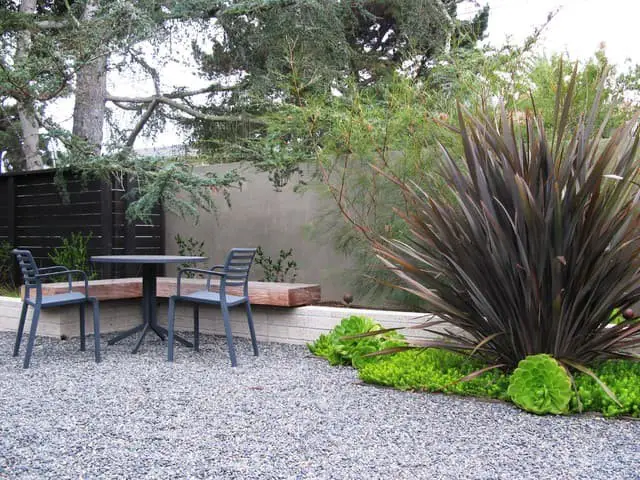
Gravel and rock gardens have gained popularity for their unique blend of simplicity, sustainability, and visual appeal. These gardens draw inspiration from natural landscapes, creating serene outdoor spaces that require minimal maintenance and water consumption. As a result, they’re ideal for areas where water conservation is a top priority. One of the key characteristics of gravel and rock gardens is their ability to thrive in dry conditions, eliminating the need for frequent irrigation.
This low-maintenance approach also translates to reduced upkeep requirements, freeing up time and resources for more pressing tasks. Another advantage of these gardens is their aesthetic versatility. From Zen-inspired landscapes to rugged alpine scenes, the possibilities are endless. The use of gravel paths provides a permeable surface for water drainage and walking paths, while rock formations add structure and interest, mimicking natural environments.
Incorporating drought-tolerant plants into your design enhances the garden’s beauty while conserving water. Succulents, cacti, and other low-water species are ideal choices, offering texture and color contrast to the hardscape elements. When selecting plants for a gravel and rock garden, consider those that store water in their leaves or stems, requiring minimal watering. Aloe, agave, and echeveria succulents are excellent options.
Cacti, such as barrel cactus and prickly pear, are also well-suited to these environments. In addition to choosing the right plants, designing a gravel and rock garden involves thoughtful placement of rocks and gravel. Use larger rocks as focal points and smaller pebbles or gravel for paths or ground cover. The arrangement should feel balanced and intentional, creating a sense of tranquility and cohesion.
Gravel and rock gardens embody the principles of simplicity and sustainability, offering a practical and beautiful solution for dry or challenging landscapes. These gardens can transform a space into a peaceful retreat, reflecting the beauty of the natural world through their understated elegance.
Modern Garden Styles
Contemporary Gardens
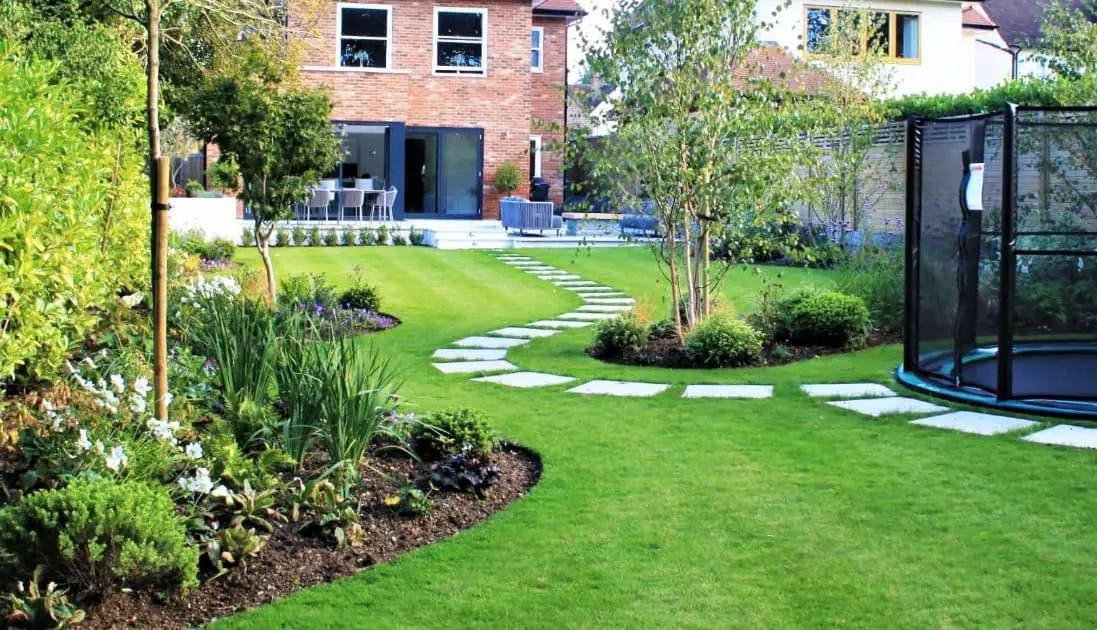
Contemporary gardens are distinguished by their emphasis on simplicity, functionality, and modern materials. This design style focuses on clean lines, minimalism, and open spaces that seamlessly blend with modern architectural elements. The use of restrained color palettes, a mix of hard and soft landscaping, and limited plant varieties create beautiful and functional areas.
The key characteristics of contemporary gardens include clean lines, emphasizing geometric shapes; a minimalist approach that values simplicity and open space; and the incorporation of modern materials like metal, concrete, and glass. As garden design continues to evolve, there is a growing emphasis on sustainable gardening practices, vertical gardens, and rooftop gardens.
These trends reflect a commitment to environmentally friendly practices and innovative ways to incorporate green spaces in urban environments. Sustainable gardening practices reduce environmental impact through water conservation and native planting, while vertical gardens promote space efficiency and air purification. Rooftop gardens transform unused roof spaces into green areas, providing insulation and biodiversity.
Contemporary gardens embody a forward-thinking approach to garden design, prioritizing sustainability, functionality, and simplicity. By combining modern materials and innovative gardening trends, these spaces offer a tranquil escape that harmoniously connects the indoors with the outdoors while promoting environmental consciousness.
Whether through space-efficient vertical and rooftop gardens or sustainable practices, contemporary gardens demonstrate a commitment to the future of our planet and its inhabitants.
Xeriscaping
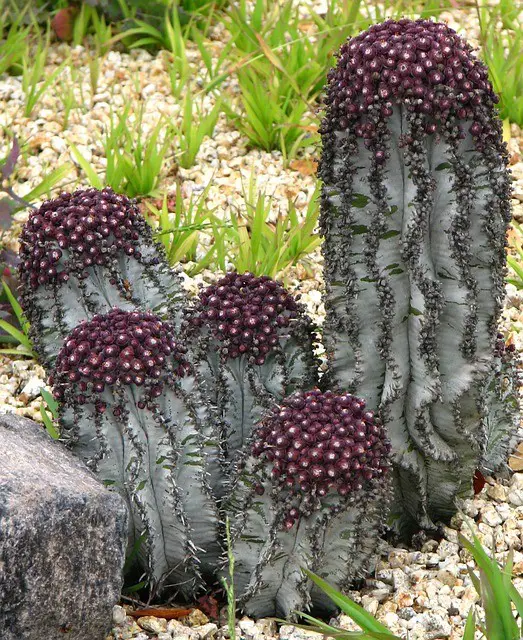
Xeriscaping is a landscape design approach that thrives in arid conditions by leveraging the power of drought-resistant plants, efficient irrigation systems, and reduced lawn areas. This water-conscious method not only makes sense in parched regions but has gained popularity globally as a sustainable gardening practice. By adopting xeriscaping, you’re not only addressing water scarcity concerns but also preserving resources while maintaining visually appealing landscapes.
Xeriscaping’s core characteristics include the strategic selection of plants that flourish with minimal watering, efficient irrigation systems that minimize waste, and reduced lawn areas that decrease water consumption. This trifecta approach can be adapted in various climates to achieve a harmonious balance between aesthetics and sustainability. The importance of xeriscaping cannot be overstated.
By choosing plants native to the local climate and optimizing water use, this approach significantly reduces the environmental impact of landscaping. Xeriscaping not only conserves precious water resources but also eliminates the need for chemical fertilizers and pesticides, fostering a healthier environment for both humans and wildlife. Xeriscaping’s benefits are multifaceted. Water conservation is perhaps its most significant advantage, resulting in lower water bills and preserved resources.
Sustainability takes center stage as well, with decreased reliance on chemical treatments supporting local wildlife and improving soil health. Low maintenance requirements also make xeriscaping a practical choice for busy gardeners, saving time and effort while reducing waste. As you consider designing your next landscape or modifying an existing one, xeriscaping offers a compelling blueprint for environmentally responsible landscaping that doesn’t compromise on aesthetic appeal.
By embracing this approach, you’re contributing to a sustainable future, conserving water resources while enjoying a vibrant and diverse garden.
Edible Gardens
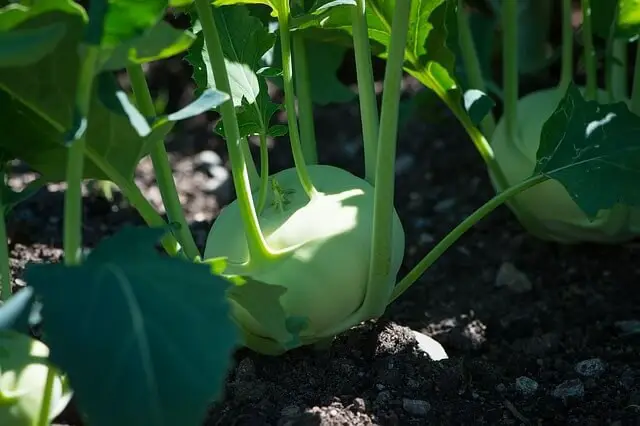
Edible gardens harmoniously blend functionality with visual appeal, yielding a unique fusion of practicality and aesthetics. By integrating fruits, vegetables, and herbs, these gardens transform traditional spaces into productive areas that provide fresh produce right at your doorstep.
Characteristics of Edible Gardens include diverse plantings, which incorporate a wide range of edible plants, from leafy greens to fruit trees, as well as aesthetic appeal, where design elements are carefully considered to create a visually pleasing space. Additionally, edible gardens often feature integration with landscape, where edible plants are mixed with ornamental ones or designed in a way that enhances the overall look of the garden.
Edible gardens offer numerous benefits, from the joy of food production and environmental sustainability to health benefits. Growing your own food can reduce your carbon footprint, encourage a healthier diet, and save money on groceries. By cultivating edible plants, you not only provide yourself with fresh produce but also support local ecosystems.
Beyond mere sustenance, edible gardens represent a step towards a more sustainable and health-conscious lifestyle.
By incorporating edible elements into your garden, you create a space that nourishes both the body and the soul. Whether you have a small patio or a large backyard, the possibilities are endless, and with edible gardens, you can transform your outdoor space into a thriving, productive, and beautiful landscape.
Themed Garden Styles
Fairy Gardens
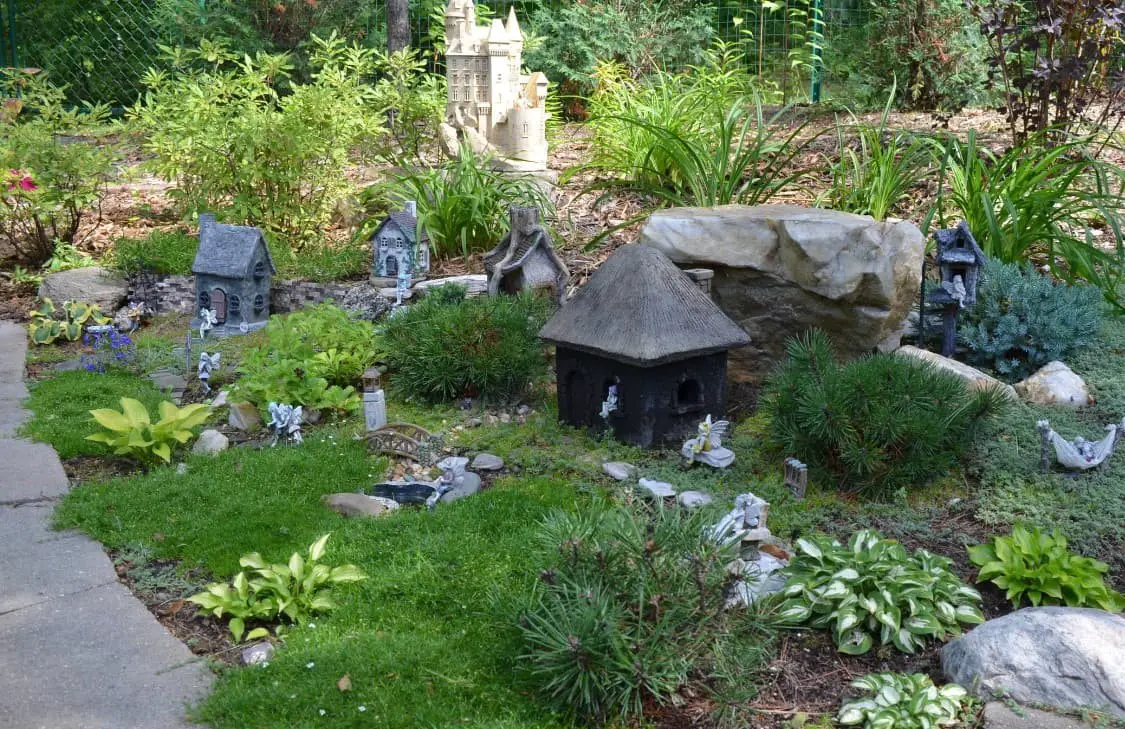
Fairy gardens transport us to enchanting realms with their meticulous attention to detail. The art of crafting these miniature landscapes combines the nurturing aspects of gardening with the creative liberties of storytelling. By incorporating diminutive plantings, whimsical designs, and tiny furnishings, you can curate a delightful scene that captivates both children and adults alike.
Fairy gardens boast an array of characteristics that set them apart from other garden styles.
Miniature landscapes are meticulously crafted to depict tiny scenes from nature or fantasy, while whimsical designs inject playful imagination into every arrangement. Small-scale plantings utilize diminutive plants and mosses to maintain the miniature scale, further emphasizing the charm.
At its core, creating a fairy garden is about setting a scene and crafting a narrative.
Elements like tiny furniture, miniature accessories, and fairy houses play crucial roles in bringing this imaginative world to life.
ElementPurposeExamplesFairy HousesServe as the central hub of the garden, setting the tone for the restCottages, mushroom housesTiny FurnitureEnhance the livability of the scene, adding depth and textureMiniature chairs, tables, benchesMiniature AccessoriesAdd detail and depth to the landscape, further enriching the narrativeTiny gardening tools, flower pots
Fairy gardens offer a unique way to engage with the world of horticulture, marrying the care of living plants with the artistry of storytelling.
Whether nestled in a corner of your garden, arranged in a container, or displayed on a windowsill, these miniature worlds provide a special place where imagination can flourish and creativity knows no bounds.
Creating Your Own Garden Style
Embracing the art of creating a personalized garden style is an inspiring adventure that harmonizes creativity with nature’s beauty. By thoughtfully combining elements from various styles, you can craft a unique space that not only reflects your personal taste but also serves your practical needs. As you embark on this journey, it’s crucial to consider local climate and ecological conditions, ensuring your garden not only delights the eye but also flourishes.
This section provides insightful guidance on blending different garden styles, underscores the significance of adapting to local conditions, and offers valuable advice on planning, designing, and maintaining a customized outdoor sanctuary that truly represents you.
Tips for Blending Elements from Different Styles
To craft a one-of-a-kind garden, think outside the box by combining elements from multiple styles. This fusion approach enables you to appreciate the rich tapestry of textures, hues, and forms that different plants, materials, and design philosophies bring to your outdoor space.
By adopting this strategy, you can create unique visual interest through the juxtaposition of contrasting styles.
For instance, consider pairing drought-tolerant succulents with romantic cottage garden flowers, or combining modern concrete hardscaping with rustic wooden elements. Additionally, play with different layout designs by blending formal and informal garden structures. Imagine structured hedges surrounding a wildflower meadow – the contrast is sure to captivate.
By embracing this eclectic approach, you’ll be able to curate a garden that not only reflects your personal style but also provides endless hours of visual stimulation.
Importance of Considering Local Climate and Ecological Conditions
The key to a thriving garden lies in harmonizing with the local environment. To achieve this, consider the native or well-suited plant species for your area, taking into account the prevailing sunlight and shade patterns. Moreover, be mindful of the local wildlife and their potential impact on your garden’s ecosystem. This includes selecting plants that will attract beneficial insects, as well as ensuring the soil is suitable for optimal water drainage and nutrient absorption.
To ensure success, test and amend the soil as needed to create a hospitable environment for your chosen plants. By doing so, you’ll be able to nurture a robust garden that’s adapted to its surroundings.
Guidance on Planning, Designing, and Maintaining a Garden
To bring your garden vision to life, start by embracing a thoughtful planning process. Begin by sketching out your garden layout, carefully balancing aesthetics with functionality. Consider how you’ll use the space and prioritize the elements that matter most to you. This initial step will lay the foundation for a garden that not only reflects your personal style but also meets your practical needs. As you develop your plan, think critically about the plants you’ll choose.
Select species that harmonize with your desired aesthetic, thrive in your local climate, and align with your maintenance preferences. By considering these factors, you’ll create a garden that’s both beautiful and sustainable. Moreover, be realistic about the time and effort you’re willing to dedicate to garden care. If you have limited time, opt for low-maintenance plants or explore innovative solutions that minimize upkeep.
Remember, your garden is an evolving space, and it’s essential to adapt and evolve alongside it. Ultimately, crafting a unique garden style that resonates with your personality requires a blend of creativity and ecological awareness. By thoughtfully selecting elements that reflect your personal tastes while respecting the local environment, you can create a sanctuary that brings you joy and serenity.
And, as you nurture this outdoor retreat, you’ll cultivate a deeper connection to nature and yourself.
Conclusion
As you wander through the diverse landscape of gardens, it’s clear that each style has its own distinctive charm. From the symmetrical precision of formal gardens to the whimsical free-spiritedness of cottage and prairie designs, the range is truly breathtaking. This rich tapestry not only showcases human creativity but also our profound connection to the natural world. With your garden, you have the chance to bring your personal vision to life.
Whether you draw inspiration from classic designs or cutting-edge trends, your outdoor space is a blank canvas waiting for your unique brushstrokes. It’s an opportunity to harmoniously blend art and nature, crafting a sanctuary that reflects your style and values. Beyond its aesthetic appeal, your garden can be a haven for wildlife, a haven for pollinators, and a vital contribution to the local ecosystem.
So take this chance to express yourself, forge a deeper bond with nature, and watch as your garden blossoms into a reflection of your own journey through the world of gardening.
References:
Whether you’re a seasoned green-thumbed enthusiast or just starting to cultivate your passion for gardening, there’s no shortage of valuable resources to help you grow. Here’s a carefully curated selection of books, websites, and other tools that will provide you with actionable advice, expert insights, and boundless inspiration, regardless of your level of experience.
Books
Christopher Lloyd’s ‘The Well-Tempered Garden’ is a timeless read that delves into various aspects of gardening with humor and expertise, while Piet Oudolf’s ‘Designing with Plants’ showcases the art of using plant compositions to maintain year-round interest in the garden. Beth Chatto’s ‘The Dry Garden’ offers valuable insights on creating stunning gardens despite limited water resources, making it an ideal reference for areas prone to drought.
The collaborative effort of Piet Oudolf and Noel Kingsbury in ‘Planting: A New Perspective’ provides a comprehensive guide to ecological planting design, resulting in rich and dynamic gardens. Additionally, David L. Culp’s ‘The Layered Garden’ shares the secrets of designing a garden that presents diverse and captivating scenes across different seasons.
Websites
For a wealth of inspiration and guidance on all things gardening, consider exploring the following esteemed online resources: Gardenista, renowned for its vast array of garden design ideas, step-by-step DIY guides, and comprehensive plant information. The Royal Horticultural Society’s website offers an impressive collection of gardening advice, detailed plant guides, and stunning garden design inspiration.
Fine Gardening provides expert tips on garden design, carefully curated plant selections, and user-friendly techniques tailored to gardeners at all skill levels. Lastly, Gardening Know How serves as a trusted ally for practical gardening wisdom and troubleshooting expertise, providing answers to the questions that often plague even the most seasoned green thumbs.
Other Resources
Embark on a journey of discovery at local botanical gardens and arboretums, where the beauty of nature can spark real-life inspiration and offer a deeper understanding of plant varieties and landscape designs. For those eager to hone their green thumbs, numerous community centers, botanical gardens, and nurseries provide comprehensive gardening workshops and classes that cater to all skill levels, from fundamental techniques to advanced landscape design principles.
Beyond traditional learning environments, online forums and social media groups have become valuable resources for garden enthusiasts. Platforms like Reddit’s dedicated gardening communities or Facebook-based gardening groups serve as vibrant hubs for sharing knowledge, seeking advice, and exchanging experiences with fellow green thumbs.
Whether you’re looking to create a tranquil retreat, a colorful floral arrangement, or a productive vegetable garden, these resources can be your gateway to exploring the vast and rewarding world of gardening.

